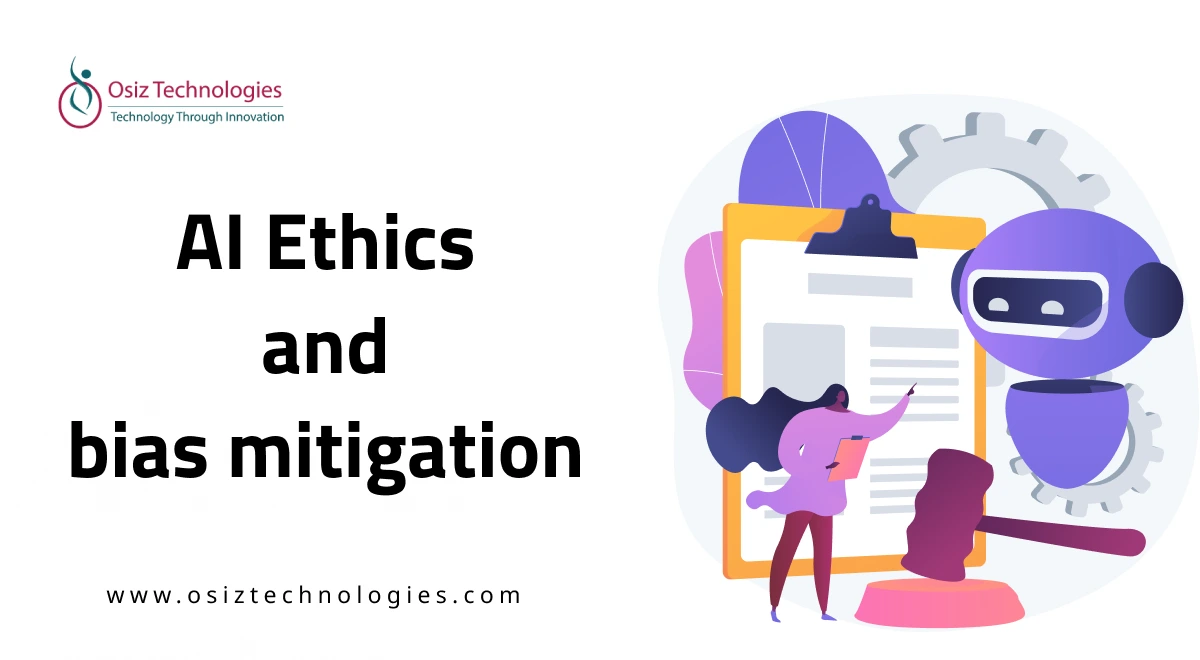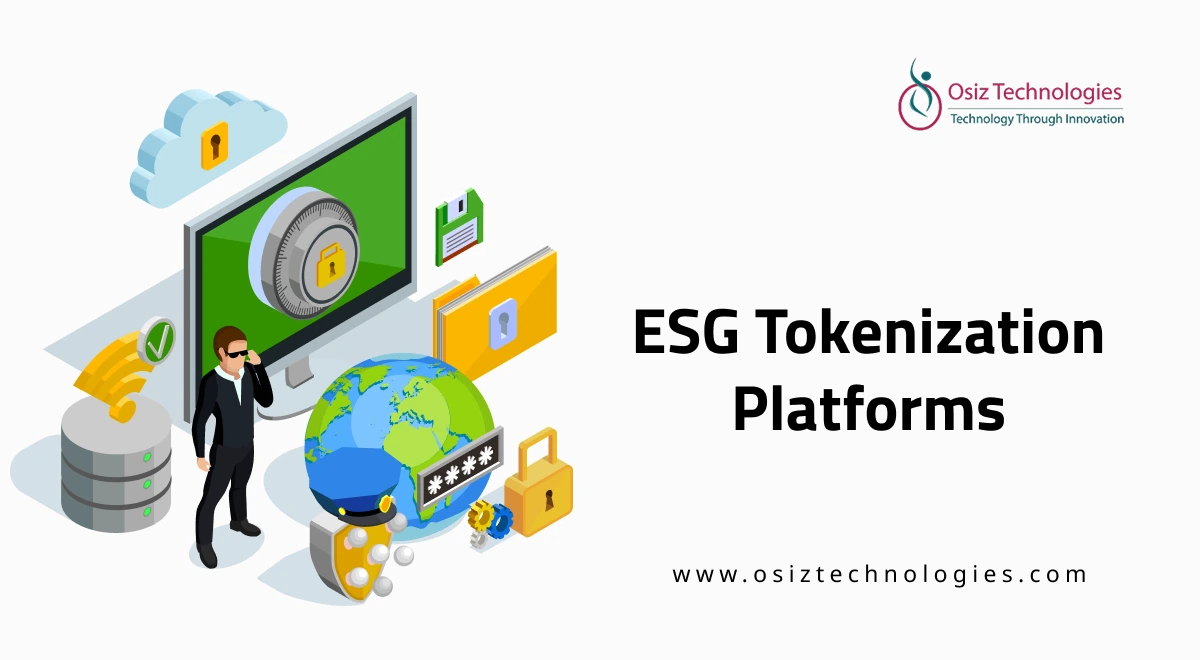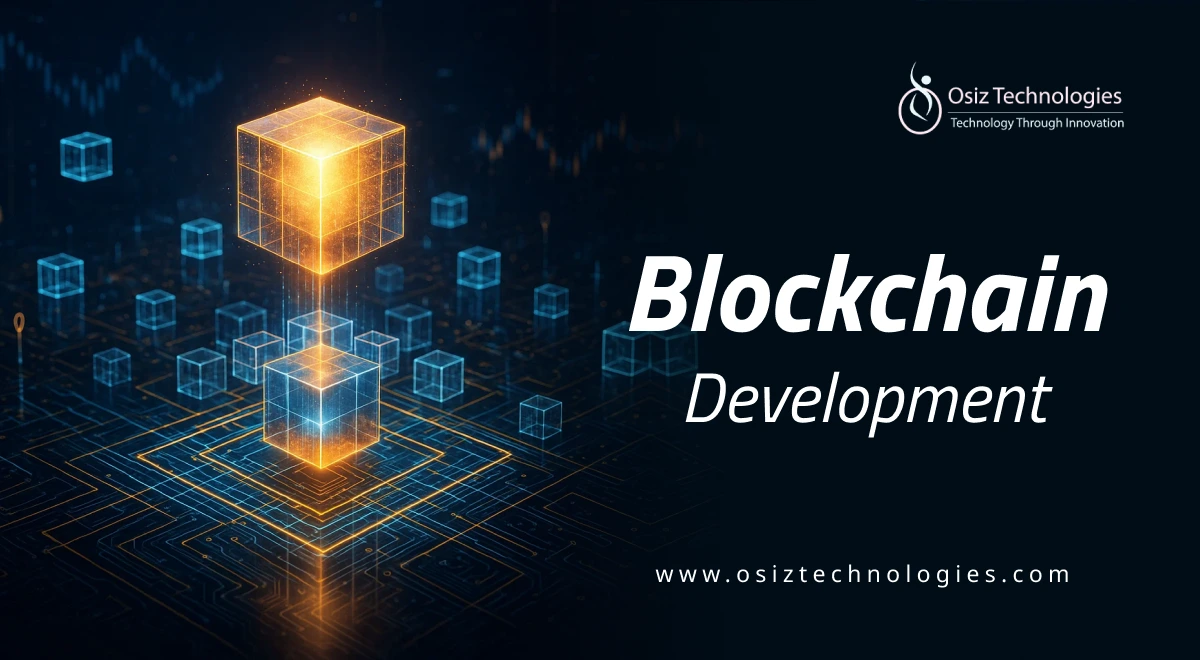The NFT market has witnessed a remarkable boom lately turning digital assets into sought-after collectibles and ushering in a new age of ownership. However, this rapid expansion has brought to light a significant challenge in the form of standardization. To grasp this impact, consider a time before the Internet when each town had its distinct email system. Sending a message to someone in a town would involve converting it into their specific format making the process cumbersome and error prone. This fragmented communication scenario mirrors the initial phase of NFTs where various marketplaces functioned with protocols causing compatibility problems and impeding smooth interactions.
The Need for NFT Standards
To tackle this challenge NFT standards have emerged as a common language in the world of NFT token development. These standards outline the functionalities and technical requirements needed to create, manage, and trade NFTs on the blockchain. By serving as building blocks they ensure that different platforms and applications can easily understand and interact with one another. This promotes compatibility prevents fragmentation in the market and enhances the experience for both creators and collectors.
As the NFT market grows various standards have been introduced to meet specific needs. Two of the most notable ones are ERC 721. Introduced in 2018 this groundbreaking standard was created for unique non-fungible tokens. It serves as the basis for developing and handling digital assets like artwork, collectibles, and in-game items.
ERC1155 takes the groundwork laid by ERC721 and enhances it by enabling the creation of tokens (such as distinct game characters) and fungible tokens (like virtual currency) all within a smart contract. This adaptability makes ERC1155 well-suited for games and platforms with varying token requirements. Although these standards have set the stage for the NFT ecosystem the journey is far from over. The NFT industry is continually progressing with new standards being introduced to meet evolving demands and features. One such standard, set to transform the NFT scene is ERC7007.
The Rise of the ERC-7007 Standard
The world of NFTs is all about pushing boundaries and constantly looking for new ways to meet the changing demands of creators and collectors. One notable development in this area is ERC 7007 an innovative technical standard created specifically for AI Generated Content (AIGC) NFTs. This standard marks a progression in the NFT realm bringing functionalities and capabilities specifically designed for the exciting domain of AI-driven art.
What is ERC-7007?
The ERC 7007 standard builds upon the well-known ERC 721 standard which is essential for creating and handling unique tokens on the Ethereum blockchain. What sets ERC 7007 apart are its key enhancements designed specifically for AIGC applications.
Key Features of ERC-7007 Token Standard
Verification of AIGC Origin:
The key element in creating ERC 7007 tokens lies in incorporating verification methods through zero knowledge machine learning (zkML) or optimistic machine learning (opML) approaches. These cryptographic validations allow creators to showcase that a particular AI model and input were employed in producing AIGC artwork. This validation process promotes confidence by confirming the legitimacy and source of NFTs generated by AI combating possible deceit and protecting collectors from obtaining replicated pieces.
Enhanced Minting and Management:
ERC7007 takes the features of ERC721 to the next level allowing for easy creation and handling of AIGC NFTs. This compatibility with NFT marketplaces and tools simplifies the journey for artists to showcase their AI-generated artwork.
Metadata Expansion:
While ERC 721 sets the stage for creating tokens ERC 7007 adds extra metadata fields that are particularly relevant to AIGC. Creators can include information directly within the NFT like the prompt used to generate the artwork and specifics about the AI model used. This level of transparency gives collectors insights into the creative journey, behind every AIGC NFT.
Interoperable Interfaces:
ERC 7007 outlines a range of interfaces to handle functions such as minting, verification, and enumeration. These interfaces promote compatibility across various platforms and applications that opt to adopt the ERC 7007 standard, creating a unified environment for AIGC NFTs.
Advantages of ERC-7007
Although the main focus of ERC 7007 is on confirming the genuineness of art created by AI this standard brings with it a range of benefits that go beyond just AIGC.
Improved Scalability and Performance:
ERC-7007 seeks to tackle the challenges faced by current NFT standards in handling large collections of NFTs. It aims to improve scalability by harnessing potential breakthroughs in blockchain technology. This enhancement is vital given the expanding NFT market.
Reduced Gas Fees and Transaction Times:
While ERC7007 doesn't specifically tackle gas fees its possible alignment with upcoming layer2 scaling solutions has the potential to greatly lower transaction expenses and speed up processing times. This would enhance the user experience and make owning NFTs more attainable for everyone.
Enhanced Interoperability:
ERC-7007 aims to work smoothly with current blockchain systems, especially the Ethereum Virtual Machine (EVM). This facilitates easy incorporation into established NFT marketplaces, wallets, and various other blockchain applications.
Flexible Metadata Management:
In contrast to past standards, ERC 7007 brings in the possibility of managing metadata in a way that lets creators modify certain metadata fields linked to their NFTs even after they have been minted. This adaptability opens up opportunities to include fresh details or refresh current information as necessary setting the stage, for NFTs and progressive digital assets.
Use Cases of ERC-7007
While ERC7007 stands out in the field of art it has a range of other applications as well. Here are some examples of how this groundbreaking standard can be utilized; Authenticating and proving ownership of music created by algorithms through NFTs. Developing in-game items that adapt or change based on player actions while keeping ownership records transparent. Splitting ownership of valuable AIGC NFTs into smaller tradable shares. Introducing AI-generated features to enhance the realm of collectibles. Securely managing and exchanging datasets used, for training models on the blockchain.
Final Thoughts
ERC7007 shines as a symbol of progress in the competition for NFT standards. By prioritizing the authenticity of AI-generated content and incorporating forward-thinking features such as scalability and dynamic metadata ERC7007 emerges as a valuable resource for both creators and collectors. In the ever-changing world of NFTs, ERC7007 holds promise to serve as the foundation, for a new era of secure interoperable, and versatile digital assets. Interested in leveraging the capabilities of ERC7007 and other advanced NFT standards? Osiz renowned NFT development company is your perfect ally. Let us navigate you through the evolving NFT landscape with our expertise in ERC7007 token development and assist you in crafting groundbreaking NFT experiences.
Listen To The Article
Recent Blogs

Black Friday 30%
Offer












